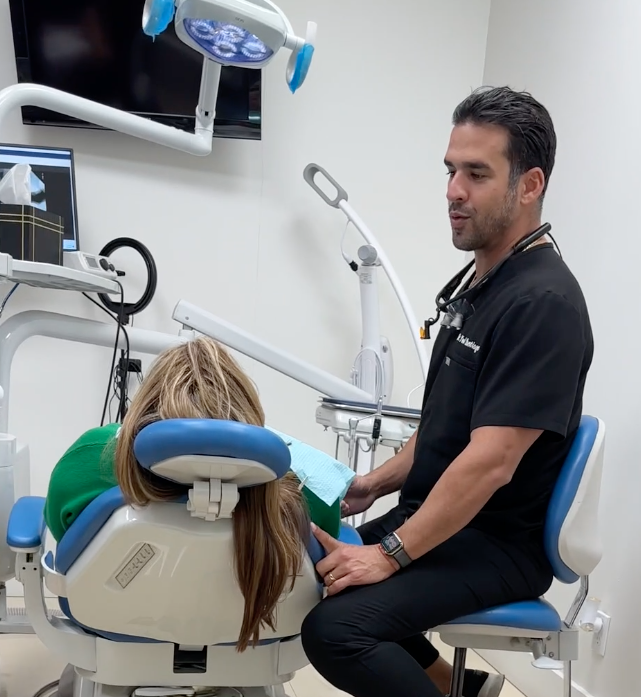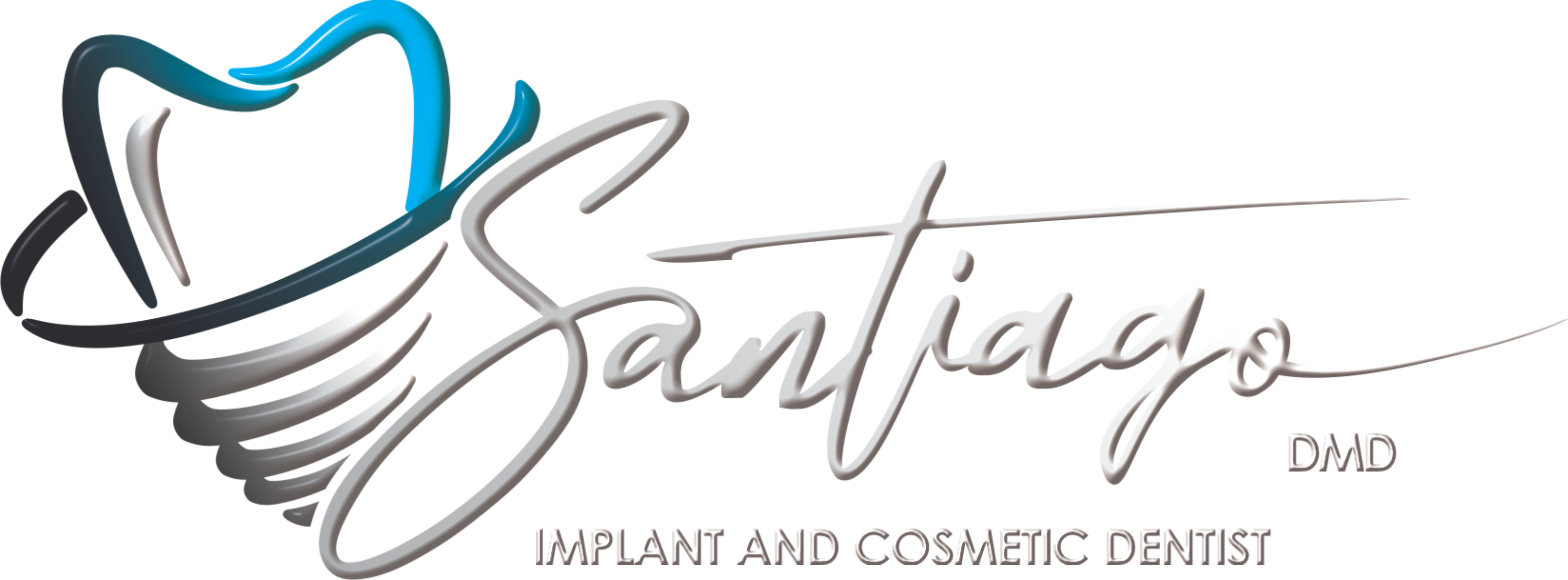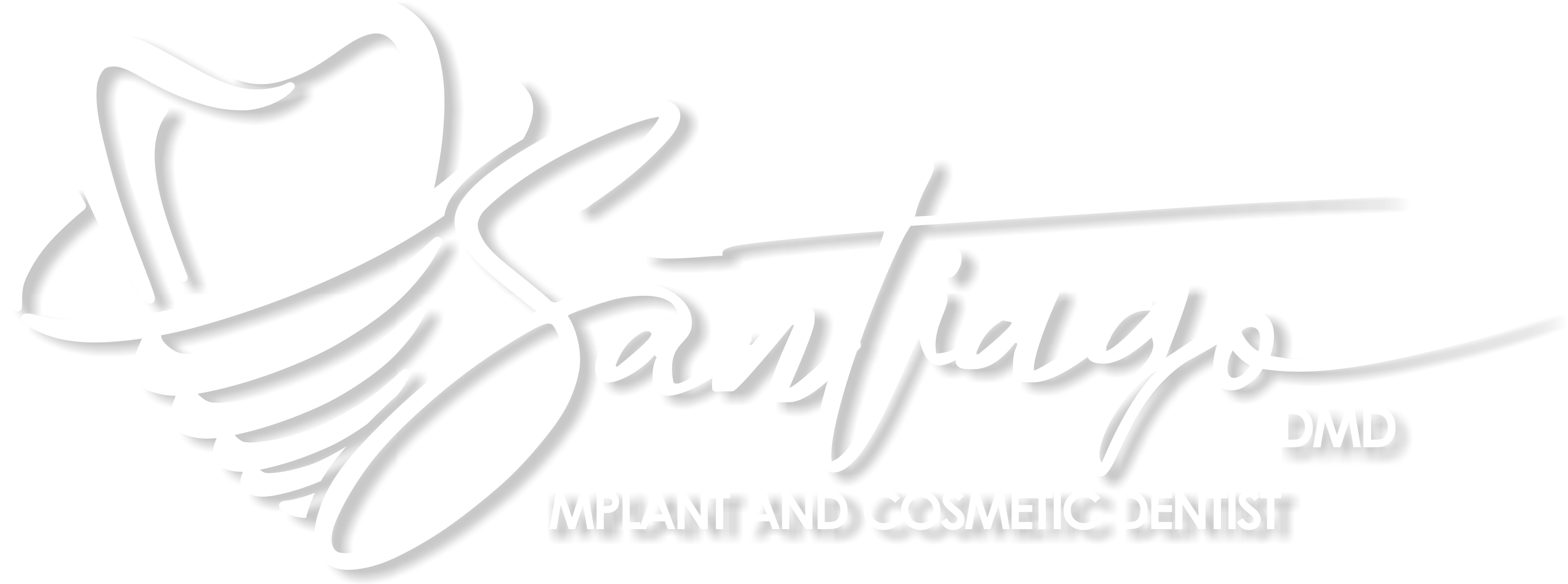- ysantiagodental@gmail.com
- Copyright 2023 / yoelsantiagodmd.com

Gum recession is when your gum tissue pulls away from your teeth, exposing the roots underneath. It’s caused by a number of factors, including aggressive brushing, smoking and even genetics. Treatments include antibiotics, antimicrobial mouth rinses and surgery. Gum recession can’t be reversed, but treatment can prevent it from getting worse.
Who does gum recession affect?
While gum recession can affect people of all ages, it’s most common in people over 65. You’re more likely to develop recession if you:
- Have periodontal disease.
- Had braces or other orthodontic treatment.
- Use chewing tobacco.
- Have a lip or tongue piercing.
- Brush your teeth aggressively.
How common is gum recession?
Gum recession is a common dental problem. In fact, approximately 88% of people over the age of 65 have gum recession on one or more teeth.
What are the symptoms of gum recession?
The most obvious sign of gum recession is the exposure of the tooth root. Other signs of gum recession are
- Pain or discomfort near the gum line.
- Sensitivity to heat, cold and sweets.
- Sensitivity to brushing and flossing.
- Sensitivity during dental cleanings.
If left untreated, gum recession can lead to other serious oral health problems, such as bone loss, tooth mobility or “wiggling” or even tooth loss. If you notice any of the above symptoms, make an appointment with your dentist immediately.
What causes receding gums?
Gums can recede for a number of reasons. Causes of gum recession include:
- Brushing too hard or aggressively.
- Buildup of dental plaque or tartar.
- Periodontal disease.
- Trauma or injury to the gum tissue.
- Abnormal position of the teeth (misalignment).
- Smoking or chewing tobacco.
- Lip and tongue piercings.
Often, poor oral hygiene is a contributing factor to gum recession, but this is not always the case. Many people simply have a genetic predisposition to thin gum tissue.
Whatever the cause of gum recession, early diagnosis and treatment can help prevent long-term oral health problems.
Gum recession surgery
Gum graft surgery is the most predictable and long-lasting treatment option for gum recession. Typically, a periodontist (gum specialist) performs this procedure.
During this surgery, a gum graft is used to replace your missing gum tissue. The graft usually is taken from the roof of your mouth but occasionally can come from sterilized human donor tissue.
Once the gum graft is in the proper position, your surgeon stitches it into place. There are several different types of gum grafting procedures. Your surgeon can help determine which one is right for your situation. Today’s gum grafting procedures are minimally invasive.
How long does it take to recover from gum grafting surgery?
Your recovery time will depend on several factors, including how many teeth were treated, where the gum graft came from and what type of grafting procedure was done. In most cases, people who undergo gum recession surgery feel back to normal in about two weeks.
Your surgeon will provide you with detailed postoperative instructions. You should follow these instructions closely to foster a comfortable, successful recovery.

SERVICES
We provide aesthetic and specialized dental services of high complexity, including innovative techniques to achieve a harmonious and perfect smile. Consult our portfolio and learn about the treatments we perform:
DENTAL IMPLANTS
MAXILLARY SINUS LIFT
GUM RECESSION
DENTAL BONE REGENERATION
WISDOM TEETH SURGERIES
COMPLICATED DENTAL SURGERY
Complete the contact form or send us an email and we will get back to you as soon as possible.
Testimonials
Leave your rating and comment
The experience of our patients with respect to their treatments and the treatment received from our doctors and the entire team.

Project carried out by SAI GROUP. http://saigroupfl.com / Mobile: +1(954) 593-8227 / Email: saigroupfl@gmail.com


